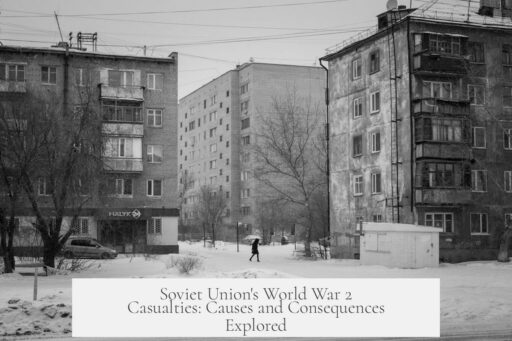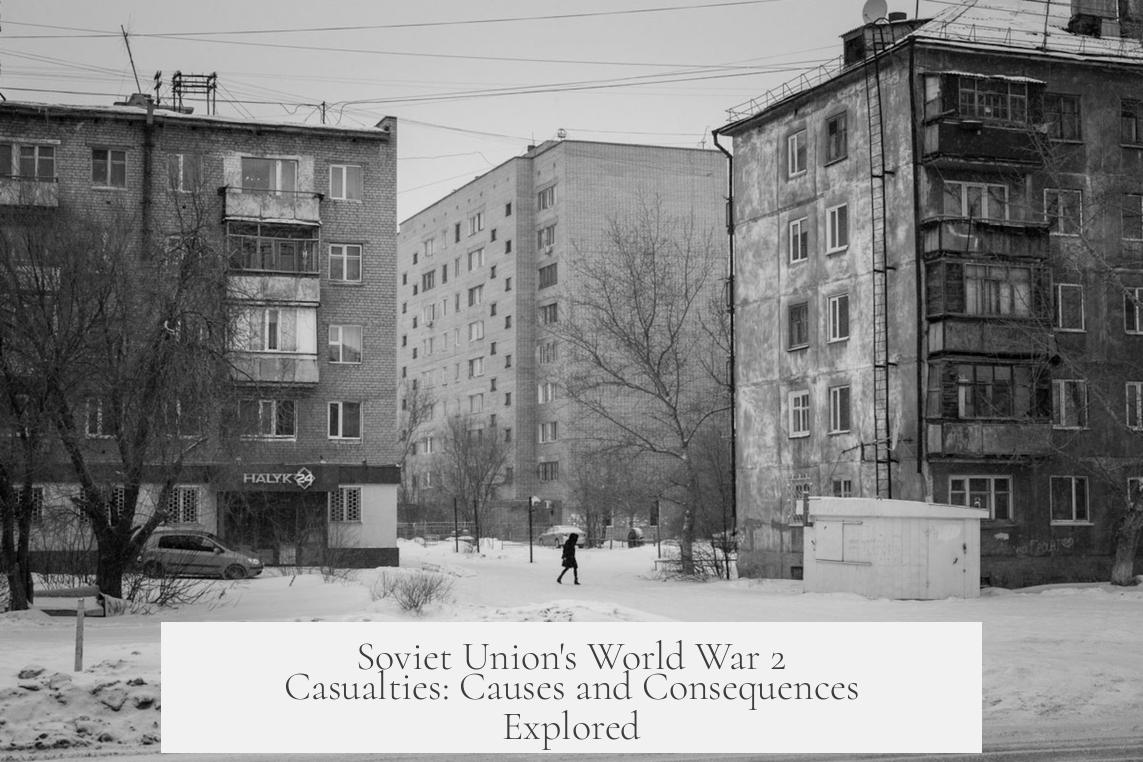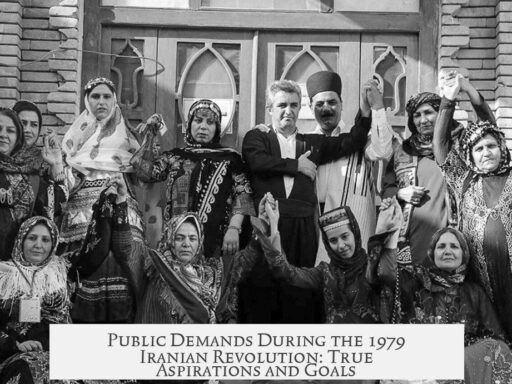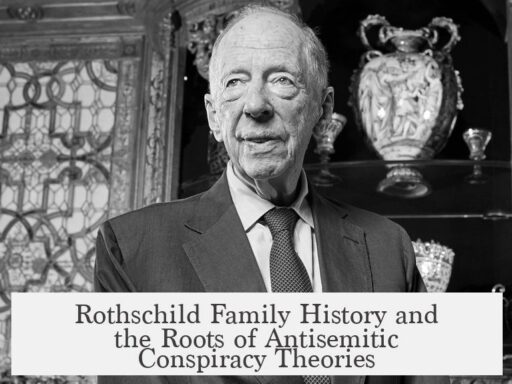The Soviet Union suffered the most casualties during World War II due to several interlinked factors. The scale of the Eastern Front, initial Soviet unpreparedness, flawed military leadership, brutal German war crimes, prolonged fighting on Soviet territory, and the fierce, relentless combat mindset all contributed to these immense losses.
The war on the Eastern Front was the largest and most intense military conflict in history. The German invasion of the Soviet Union, known as Operation Barbarossa, triggered some of the deadliest battles ever fought. This front, covering vast regions including Ukraine, Belarus, southern Russia, and Poland, became the decisive theater for the outcome of World War II. Most of the fighting, and therefore most casualties, occurred here.
Early in the war, the Soviet forces were severely unprepared. Despite warnings, Stalin had halted fortification efforts, leaving the Red Army vulnerable. The German Wehrmacht employed Blitzkrieg tactics—fast-moving armored units and encirclement strategies—trapping Soviet troops in “cauldrons,” where they faced large-scale death or capture. During the first two years, the Soviets lost millions of soldiers in these devastating battles.
Another key factor lied in Soviet leadership and military tactics. Stalin’s purges in the late 1930s decimated the officer corps, removing a significant portion of experienced generals and officers. By some evidence, up to 90% of lower generals and half of the field-grade officers were executed or imprisoned, which left the army with inept and poorly trained commanders.
The lack of skilled leadership reflected in Soviet tactics. Soviet commanders frequently used human wave attacks, sending soldiers in mass, frontal assaults to overwhelm German defenses. These attacks caused extreme casualties but were aimed at breaking through enemy lines through sheer numbers rather than advanced strategy. Compared to Allied forces who spent hours clearing mined areas, Soviet troops would simply force their way through mines with high fatality risks. This strategy stemmed from a brutal doctrine: trading lives for time to slow the German advance.
War crimes by Nazi Germany caused additional Soviet casualties, especially among civilians. The German invasion involved genocidal policies targeting Soviet populations. About 13 million Soviet civilians died due to starvation, mass executions, and German atrocities. The Wehrmacht and SS forces systematically murdered millions of Soviet prisoners of war—close to 3 million in the first six months of fighting—reflecting concentrated mass killings in history. The goal was to depopulate and conquer Soviet lands completely.
Because much of the fighting occurred on Soviet soil, civilian casualties were also exceptionally high. The occupation, destruction of towns, forced labor camps, and starvation added millions to the death toll. Fighting, advancing, and retreating armies caused widespread suffering among the local population for years.
The nature of combat on the Eastern Front led to brutal, unforgiving fighting. Both Soviet and German soldiers showed little will to surrender, given the harsh treatment of prisoners on both sides. This “fight to the last man” attitude increased battlefield fatalities. The vast ideological divide between Nazi fascism and Soviet communism deepened the conflict’s ferocity. Soldiers often chose death over surrender, escalating losses further.
| Factor | Contribution to Soviet Casualties |
|---|---|
| Scale and Intensity of Eastern Front | Largest battles in history, decisive theater of war, majority of fighting |
| Soviet Unpreparedness | Stopped fortifications, initial defeats due to Blitzkrieg |
| Leadership and Tactics | Stalin’s purges, human wave attacks, poor training |
| German War Crimes | Mass killing of POWs, genocide, targeting civilians |
| Fighting on Soviet Soil | Long occupation, civilian suffering, high deaths |
| Brutality and Unwillingness to Surrender | Harsh POW treatment, ideological hostility, fight to last man |
- The Eastern Front’s size and intensity caused massive military casualties.
- Soviet unpreparedness and early losses amplified deaths.
- Poor leadership and costly tactics resulted in high soldier fatalities.
- German genocidal policies and war crimes targeted millions of Soviet civilians and POWs.
- Much combat occurred on Soviet soil, increasing civilian suffering.
- Both sides’ brutal fighting and refusal to surrender raised death tolls.
Why Did the Soviet Union Have the Most Casualties of World War 2?
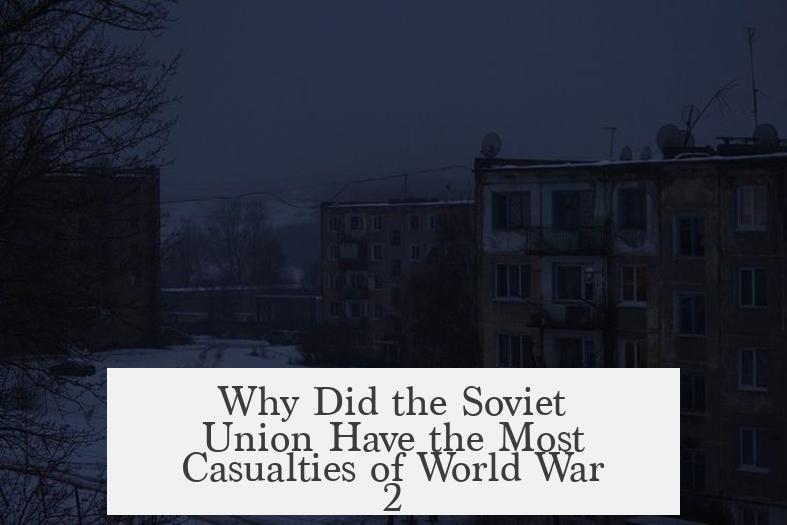
The Soviet Union suffered the most casualties in World War II because it bore the brunt of the largest and most brutal frontline, was caught unprepared, endured devastating leadership purges, faced genocidal enemy policies, fought heavily on its own soil, and was locked in a merciless fight where surrender was rarely an option. Let’s unravel this complex tragedy step-by-step.
When we think about World War II, the Eastern Front is often overshadowed by stories from Normandy or the Pacific. But this was the main event of the war, stretching across vast, unforgiving terrain—from the steppes of Ukraine to the forests of Belarus and the plains of southern Russia. The scale? Staggering. The German invasion of the Soviet Union, coded Operation Barbarossa, was one of the largest military offensives in human history.
1. The Eastern Front: Epicenter of the War
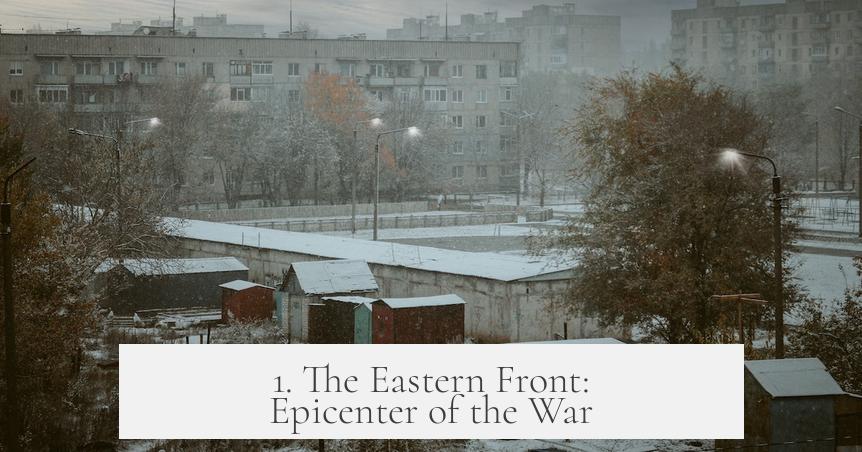
The bulk of World War II’s combat unfolded here. The Eastern Front wasn’t just a battlefield; it was the war’s decisive theater. The victor of the entire conflict effectively hinged on who controlled this region—Ukraine, Belarus, southern Russia, and parts of Poland.
Fighting on such a colossal scale meant casualty numbers had to be huge. But size alone doesn’t explain the staggering Soviet losses.
2. Soviet Unpreparedness Led to Heavy Early Losses
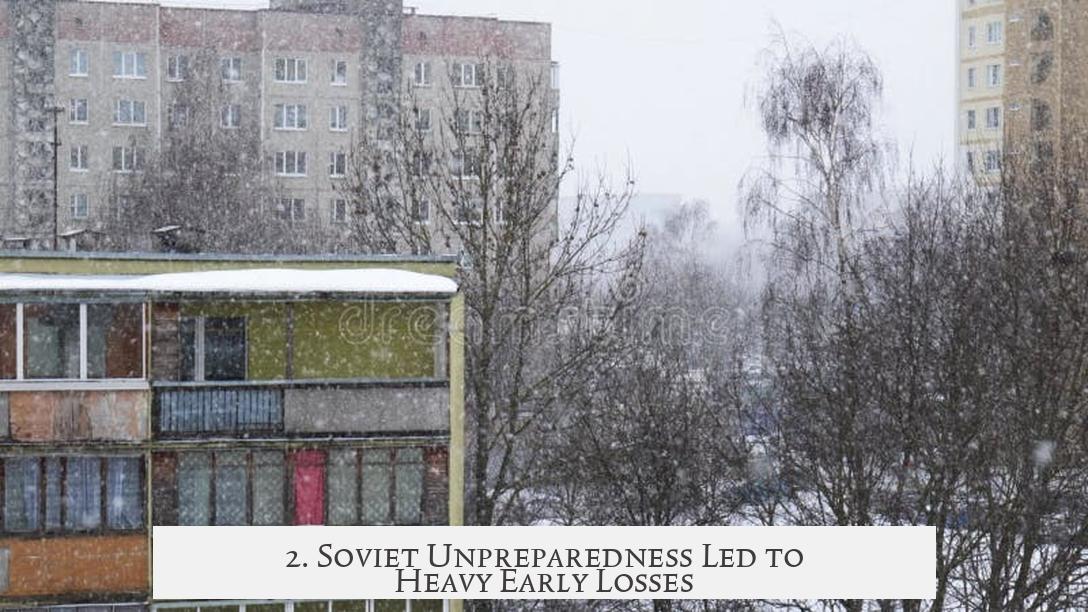
At the start, the Soviets were caught flat-footed. Stalin, in a puzzling move, had ordered fortification works stopped before the German assault began. This pause reflected a dangerous underestimation of the Nazi threat or perhaps Stalin’s unwillingness to provoke Hitler further.
As Operation Barbarossa launched in June 1941, German forces unleashed blitzkrieg tactics—rapid, armored spearheads designed to encircle and destroy enemy troops. The Red Army, partly stripped of its experienced officers due to earlier purges (more on that soon), was stunned by these swift assaults. This led to catastrophic “cauldron battles,” where Soviet troops were encircled, trapped, and annihilated or captured.
These early defeats cost millions of lives and prisoners, setting a grim tone for what was to come.
3. The Leadership Crisis: Stalin’s Purges and Tactical Choices

One cannot talk about Soviet WWII losses without addressing Stalin’s 1937 purges. In a paranoid sweep, Stalin executed approximately all of his highest generals, 90% of his lower generals, and half of his field-grade officers. Imagine a football team losing its coaches just before the championship game and then having rookies direct the play during the match. The army was left with inadequately trained officers and an almost empty leadership bench.
Commanders often adopted brutal “human wave” tactics to compensate—sending generations of soldiers in massive waves to overwhelm German positions. Unlike the Americans or Germans, who meticulously cleared minefields and cautiously advanced, Soviet troops sometimes simply marched through deadly obstacles en masse, accepting heavy casualties as a necessary trade-off. This philosophy was a grim bargain: trade lives to buy time.
Such strategic desperation underscores the tragic human cost of the war.
4. German War Crimes and Genocidal Policies

The German approach to the Soviet Union was murderous from day one. Nazi policies aimed at uprooting entire populations to repopulate the land with German settlers. The Wehrmacht and SS didn’t just fight soldiers; they exterminated civilians and POWs in massive numbers. It’s estimated that 13 million Soviet people perished as victims of Nazi genocide—through starvation, murder, or forced displacement.
Shockingly, nearly 3 million Soviet POWs died within the first six months alone—one of the deadliest, most concentrated mass killings recorded. This ruthlessness intensified the Soviet casualty toll beyond the battlefield.
5. The War Was Fought on Soviet Soil, Amplifying Civilian Suffering
Unlike many conflicts fought far from home, World War II spilled directly into Soviet towns and villages. This meant not only military but also civilian casualties soared. Bombings, starvation during sieges, forced labor, and atrocities created a humanitarian disaster on a scale few can comprehend. Around half of Soviet war deaths were civilians—a grim reminder that total war does not follow soldier-civilian boundaries.
As German forces penetrated deep, then retreated, vast areas suffered prolonged hardship. Starvation, exposure, and brutality became daily realities.
6. Brutality and Ideological Hatreds Ensured Few Surrenders
It wasn’t just bullets and bombs. The ideological chasm between Nazis and Soviets was massive. Both sides saw each other not just as enemies but as existential threats. This led to a “fight to the last man” mentality. Prisoners of war were rare because surrender often meant certain death or torture.
The vicious treatment of POWs on both sides discouraged captives, prolonging the fighting and increasing casualties. This fierce resolve explained why battles were so deadly and why so many lives were lost.
Why Does This Matter to Us Now?
Understanding why the Soviet Union bore the highest casualties isn’t just about history; it’s about recognizing the immense human cost of war. It teaches us several key points:
- Preparation matters: Stalin’s initial missteps proved disastrous. Military readiness can save lives.
- Leadership is crucial: Purging skilled commanders weakened the Soviet war effort tremendously.
- Human cost of strategy: The Soviet approach accepted massive losses to gain strategic advantage, sparking painful moral questions.
- The toll on civilians: War on home soil leads to indiscriminate suffering beyond frontlines.
- Hatred deepens conflicts: Ideological warfare and brutal treatment blocked peaceful resolutions, prolonging destruction.
So, next time you hear about World War II, remember that the staggering Soviet losses were not just numbers. They were lives entwined with brutal history—a history shaped by vast battles under terrible conditions, failed leadership, heart-wrenching human decisions, and the horrors of ideological war.
Considering all this, what lessons can modern military and political leaders take away to prevent such catastrophic losses from ever happening again?
